Mass Effect Legendary Edition was already going to be good because it contains three of the best RPGs ever made. It would have been nearly impossible to make that trilogy anything but a must-play experience because of its fundamental strengths. But BioWare made some fantastic changes that go above and beyond what typical remasters do. Here are just some of the best and worst changes in Mass Effect Legendary Edition.
New lighting and textures
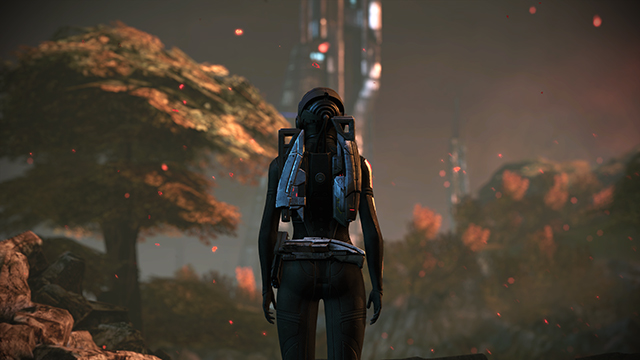
Mass Effect Legendary Edition isn’t like the Ratchet and Clank reboot or 2020’s Destroy All Humans remake that both saw a dramatic mechanical or visual overhaul. It is very much made upon the skeleton of the old games. But despite that dated framework, the trilogy looks fantastic because of the lighting.
And the lighting is the rising tide that raises all boats. Added lens flare and stronger lighting make each environment look decidedly less flat and mask each game’s true age. The new textures, 4K, and HDR support are definitely an improvement, but the universal nature of lighting makes everything shine even brighter.
Photo Mode
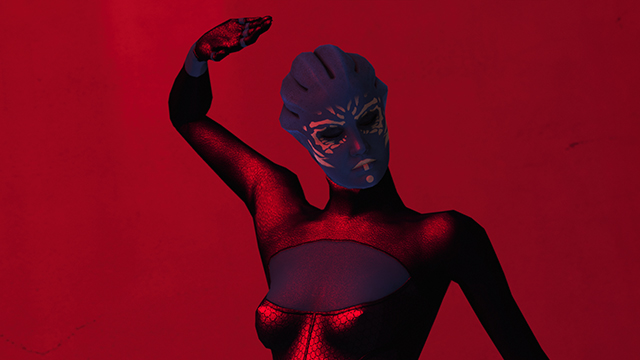
The newly added Photo Mode points out how incredible the lighting truly is and gives users even more creative freedom. Players can now stop the action and use their creativity to get some excellent shots of Shepard, the crew, Wrex, or anything else in the galaxy. Many already have an attachment to the Mass Effect series and this Photo Mode allows them to savor some of those interactions in a way that wasn’t previously possible. It’s a functionally standard Photo Mode overall — it’s not the best or the worst — but it excels because of the personal bond many have with the series.
Faster loads and skippable elevator rides
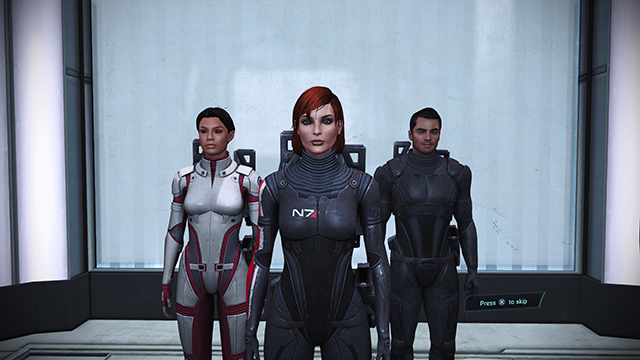
The PS5 and Xbox Series X make it hard to go back to older games with dreadful loading times. Mass Effect was one of those games as it was full of infamously long elevator rides meant to mask load times. And even though Mass Effect 2 poked fun at those elevator rides, it, along with Mass Effect 3, also had some brutally long loading screens and massive occasional texture pop-in.
Legendary Edition fixes all of that, slicing them down to something more manageable and cuts out almost all texture pop-in along the way. Loads that previously took 20 seconds now only take five or six and dramatically speed up the tempo. It didn’t seem fair that a series with such incredible pacing was artificially slowed down by technical shortcomings. And even though not everyone will want to skip the charming character banter in the elevators, being able to is a solid, user-friendly touch.
Better gunplay
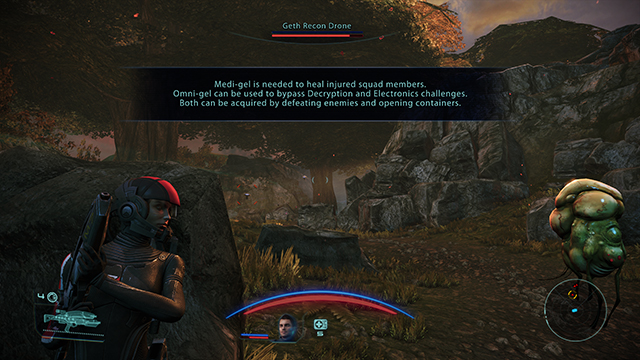
Mass Effect is almost unforgivably clunky in 2021. The reticle is comically huge, Shepard is too close to the center of the screen, the powers don’t always work correctly, and many of the guns aren’t useable in certain classes. These are just a few of the problems that make revisiting the original a slog.
Although it keeps the finicky automatic cover system, this remaster addresses a lot of those problems. Aiming is more accurate, meaning shots are easier to line up. Hit marks give better feedback. Shepard is slightly off to the side to allow for a better view of the action. The cooldown on healing is faster. Classes don’t lock players out of guns. Cover may not always behave and there are still some general rough patches, the first Mass Effect’s combat is no longer a part of the game players have to suffer through to get to the story. It’s unfortunate that Mass Effect 3’s fast, fluid combat didn’t come to the other games, but this is an acceptable compromise.
A more cohesive presentation
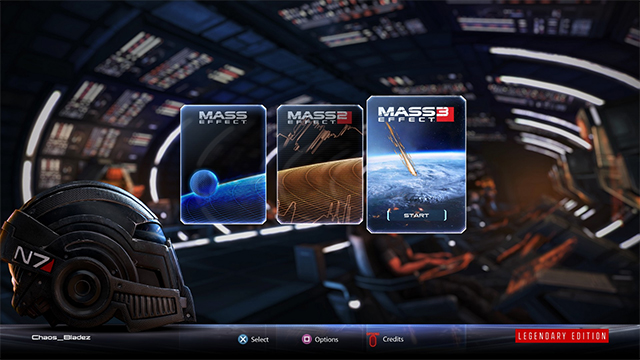
Mass Effect is a killer trilogy that benefits when packaged together as one whole in a way few other game series do. This package mostly reflects that uniformity without sacrificing each game’s identity. Mass Effect 2’s HUD is still orange and 3’s is still blue, the first game’s HUD looks more in line with those other two games without losing its own personal elements. It’s also less jarring to look at each game’s visuals since there isn’t as big of a huge leap between games. Being able to jump between them all without completely quitting out is also speaks to this notion. The launcher’s opening menu reflects this as each game has a different image on their specific section, but form together to complete one picture, showing that this mentality envelops the entire experience.
A galaxy’s worth of amazing DLC
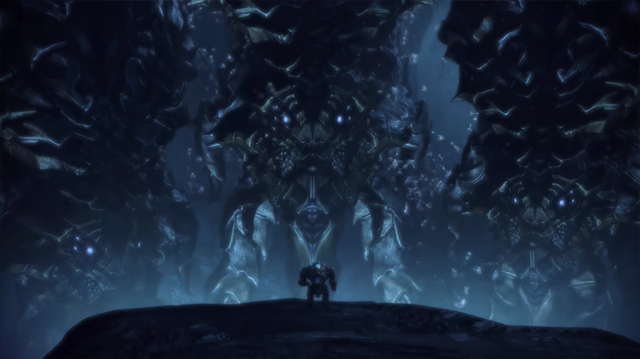
Mass Effect 2 and 3 have some of the best DLC in gaming, period. But being DLC, many probably skipped over them and missed out on some incredible content that’s almost essential to the series. These expansions weave into the narrative at large but also contain compelling narratives in their own right. Some even yield an entirely new squad member. Games often fail in making DLC feel this important so it’s excellent that so much of it is included in Legendary Edition for more people to experience.
Tali’s new face
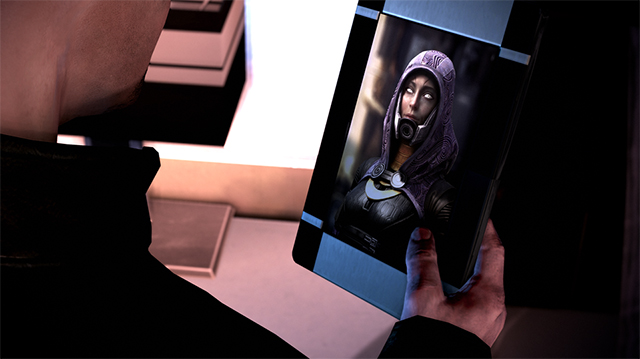
It was disappointing that Tali’s grand face reveal in Mass Effect 3 was a stock photo of some random human woman. It just seemed like a rushed inclusion. Legendary Edition fixes that by adding in a more fitting alien picture that’s definitely not some random snapshot from Getty Images. It’s not as alien as it could be, but it’s still a good fix that recognizes and addresses a shortcoming of the original, as shown the above picture from Reddit user Maxgoods.
No native PS5 and Xbox Series X port
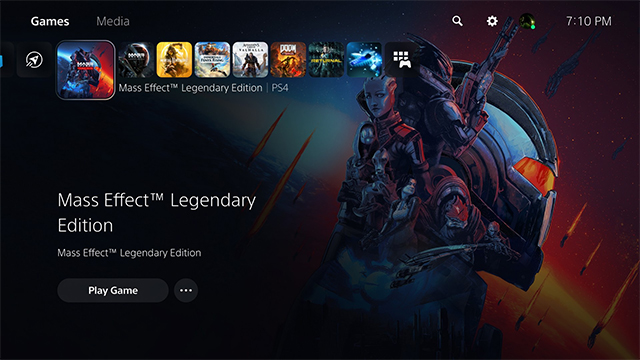
Mass Effect Legendary Edition looks and runs well on both the PS5 and Xbox Series X and comes with some modes that give these consoles a leg up over their predecessors. But both new consoles are running these games through backwards compatibility, which means they are still leaving some power on the table. It would have been great to see even more aggressive PS5 and Xbox Series X enhancements such as ray tracing, DualSense support, and any of the other functions that backward compatible versions can’t offer.
No Pinnacle Station DLC

There is only one piece of DLC missing from the collection, Pinnacle Station. EA said that developer Demiurge Studios only had the corrupted source code. That’s unfortunate but that is not the player’s problem. If Mass Effect Legendary Edition is truly the definitive way to play Mass Effect, then it should contain all of Mass Effect.
Pinnacle Station is the most highly criticized expansion in the whole saga and its array of combat challenges don’t contain a noteworthy story. And those who do want repeatable challenges can just play the Citadel DLC in Mass Effect 3. But still, the improved controls and loading would naturally improve the experience and preserve it in history.
No easy incremental install for all platforms

While it’s great that the collection is a cohesive package, it can’t be cohesive for people with small or cramped hard drives. It’s a massive game — it can stretch over 100 GB in some scenarios — and not everyone is going to be able to let that chonky install sit on their hard drive over the time it would take to complete three RPGs with all of their DLC. Games can’t be this rigid as hard drive space is at a premium so it would be convenient if all players could also install, delete, and reinstall the games as they choose like Xbox players can.




